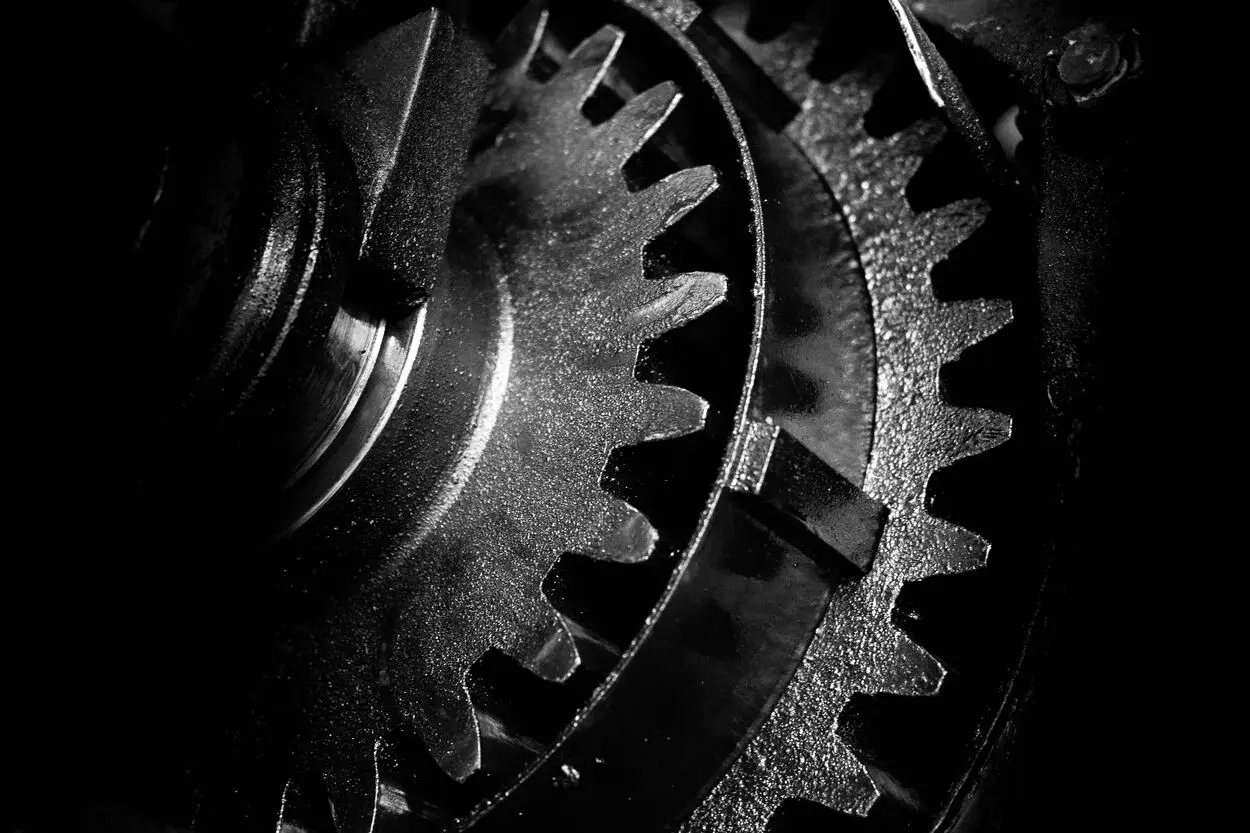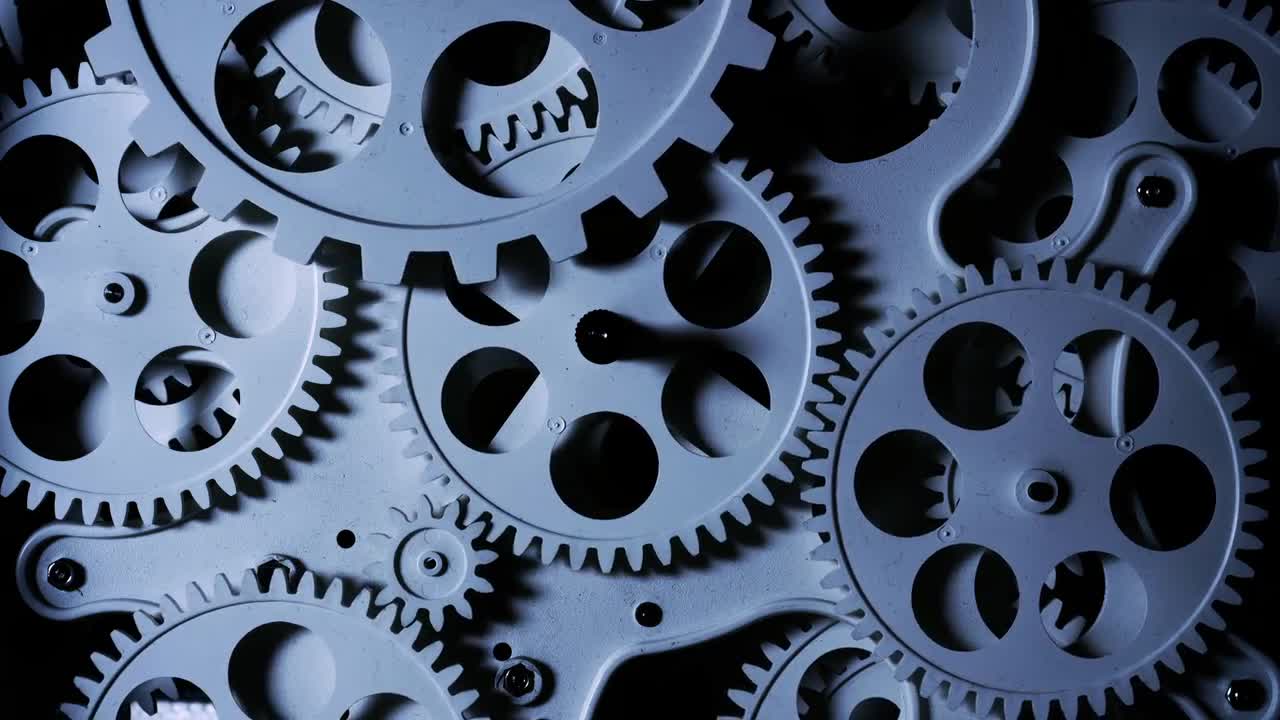Understanding the Basics of Rotating Machines
Mechanical components play a vital role in various industries, including automotive, aerospace, and manufacturing. Rotating machines, in particular, rely on specific parts to function efficiently. These machines are designed to convert energy into rotational motion, which is then transmitted to other components to perform tasks such as lifting, pushing, or pulling. The efficiency of these machines depends on the precise interaction of their mechanical components. Understanding the basics of rotating machines is crucial to optimize their performance and prevent costly breakdowns. In this regard, grasping the difference between a cog and a gear is essential, as these components are critical to the smooth operation of rotating machines.
What is a Cog? A Deep Dive into its Functionality
A cog is a toothed wheel that meshes with another toothed wheel or rack to transmit rotational motion. It is a fundamental component in mechanical systems, playing a crucial role in devices such as clockwork mechanisms, bicycles, and other machinery. The primary purpose of a cog is to change the direction or speed of rotational motion, allowing for the efficient transmission of power. In contrast to gears, cogs are typically used in applications where the rotational motion needs to be slowed down or changed in direction. For instance, in a clockwork mechanism, cogs are used to transmit power from the mainspring to the clock’s hands, allowing for the precise measurement of time. Similarly, in a bicycle, cogs are used in the gear system to change the speed and direction of the rotational motion, enabling the rider to pedal efficiently.
How to Identify a Gear: A Comprehensive Guide
A gear is a toothed wheel that transmits rotational motion from one shaft to another. Its primary purpose is to change the speed, direction, or torque of the rotational motion, allowing for the efficient transmission of power. Gears are a crucial component in mechanical systems, used in a wide range of applications, from simple machines to complex mechanisms. There are several types of gears, each designed to serve a specific purpose. Spur gears, for instance, are used to transmit power between parallel shafts, while helical gears are used to transmit power between non-parallel shafts. Bevel gears, on the other hand, are used to transmit power between perpendicular shafts. Understanding the different types of gears and their applications is essential to designing and building efficient mechanical systems. By grasping the difference between a cog and a gear, engineers and designers can create more effective and efficient mechanical components, leading to improved performance and reduced maintenance costs.
The Key Differences Between Cogs and Gears
While both cogs and gears are toothed wheels used in mechanical systems, they have distinct characteristics, advantages, and disadvantages. Understanding the difference between a cog and a gear is crucial in selecting the right component for a specific application. Cogs are typically used in applications where the rotational motion needs to be slowed down or changed in direction, such as in clockwork mechanisms and bicycles. They are designed to provide a high gear ratio, allowing for precise control over the rotational motion. Gears, on the other hand, are used in applications where the rotational motion needs to be transmitted efficiently, such as in automotive transmissions and power tools. They are designed to provide a high torque ratio, allowing for the efficient transmission of power. In terms of design, cogs have a more complex tooth geometry than gears, which makes them more difficult to manufacture. However, this complexity also provides a higher degree of precision and control. Gears, on the other hand, have a simpler tooth geometry, making them easier to manufacture and maintain. When it comes to selecting between a cog and a gear, the choice ultimately depends on the specific requirements of the application. By understanding the difference between a cog and a gear, engineers and designers can create more efficient and effective mechanical systems.
Real-World Applications of Cogs and Gears
Cogs and gears are ubiquitous in modern machinery, playing a crucial role in various industries and devices. In the automotive sector, gears are used in transmissions to provide smooth gear shifts and efficient power transmission. In robotics, cogs and gears are used to create precise movements and control the robotic arms. Power tools, such as drills and saws, also rely on gears to transmit power and achieve high speeds. Additionally, cogs are used in clockwork mechanisms, bicycles, and other devices that require precise control over rotational motion. The difference between a cog and a gear is particularly important in these applications, as it determines the efficiency and effectiveness of the machinery. For instance, in automotive transmissions, gears are preferred over cogs due to their ability to transmit high torque ratios. In clockwork mechanisms, cogs are preferred over gears due to their ability to provide precise control over rotational motion. By understanding the difference between a cog and a gear, engineers and designers can create more efficient and effective mechanical systems that meet the specific requirements of various industries and devices.
Design Considerations for Cogs and Gears
When designing cogs and gears, several factors must be considered to ensure optimal performance and efficiency. One of the most critical factors is material selection. The choice of material will depend on the specific application, with considerations such as strength, durability, and resistance to corrosion. For example, in high-stress applications, such as aerospace engineering, gears may be made from high-strength steel or titanium alloys. In contrast, cogs used in clockwork mechanisms may be made from brass or other softer materials. Tooth geometry is another crucial factor, as it determines the efficiency and smoothness of the gear or cog’s rotation. The shape and size of the teeth will depend on the specific application, with considerations such as the desired gear ratio and the amount of torque to be transmitted. Lubrication is also essential, as it reduces friction and wear on the gears and cogs, ensuring smooth operation and extending their lifespan. Understanding the difference between a cog and a gear is vital in designing these components, as it determines the optimal design parameters for each application. By considering these factors, engineers and designers can create cogs and gears that meet the specific requirements of various mechanical systems, ensuring efficient and reliable operation.
Common Misconceptions About Cogs and Gears
Despite their widespread use, cogs and gears are often misunderstood, leading to misconceptions and myths about their functionality and limitations. One common misconception is that cogs and gears are interchangeable terms, when in fact, they have distinct differences in their design and application. Another myth is that gears are only used in high-speed applications, when in reality, they are used in a wide range of applications, from low-speed industrial machinery to high-speed automotive transmissions. Additionally, some people believe that cogs are only used in clockwork mechanisms, when in fact, they are used in a variety of devices, including bicycles and other machinery. Understanding the difference between a cog and a gear is crucial in dispelling these misconceptions and myths, and in designing and building efficient and effective mechanical systems. By recognizing the unique characteristics and advantages of each component, engineers and designers can create innovative solutions that meet the specific requirements of various industries and applications. By clarifying the functionality and limitations of cogs and gears, designers and engineers can unlock the full potential of these mechanical components and create more efficient and effective systems.
Conclusion: Mastering the Art of Mechanical Components
In conclusion, understanding the difference between a cog and a gear is crucial in designing and building efficient and effective mechanical systems. By recognizing the unique characteristics, advantages, and disadvantages of each component, engineers and designers can create innovative solutions that meet the specific requirements of various industries and applications. From automotive transmissions to clockwork mechanisms, cogs and gears play a vital role in transmitting rotational motion and enabling the smooth operation of machines. By dispelling common misconceptions and myths surrounding these components, designers and engineers can unlock the full potential of cogs and gears and create more efficient and effective systems. Whether in aerospace, manufacturing, or everyday life, mastering the art of mechanical components requires a deep understanding of the difference between a cog and a gear, and how to apply this knowledge to create innovative solutions that drive progress and innovation.







